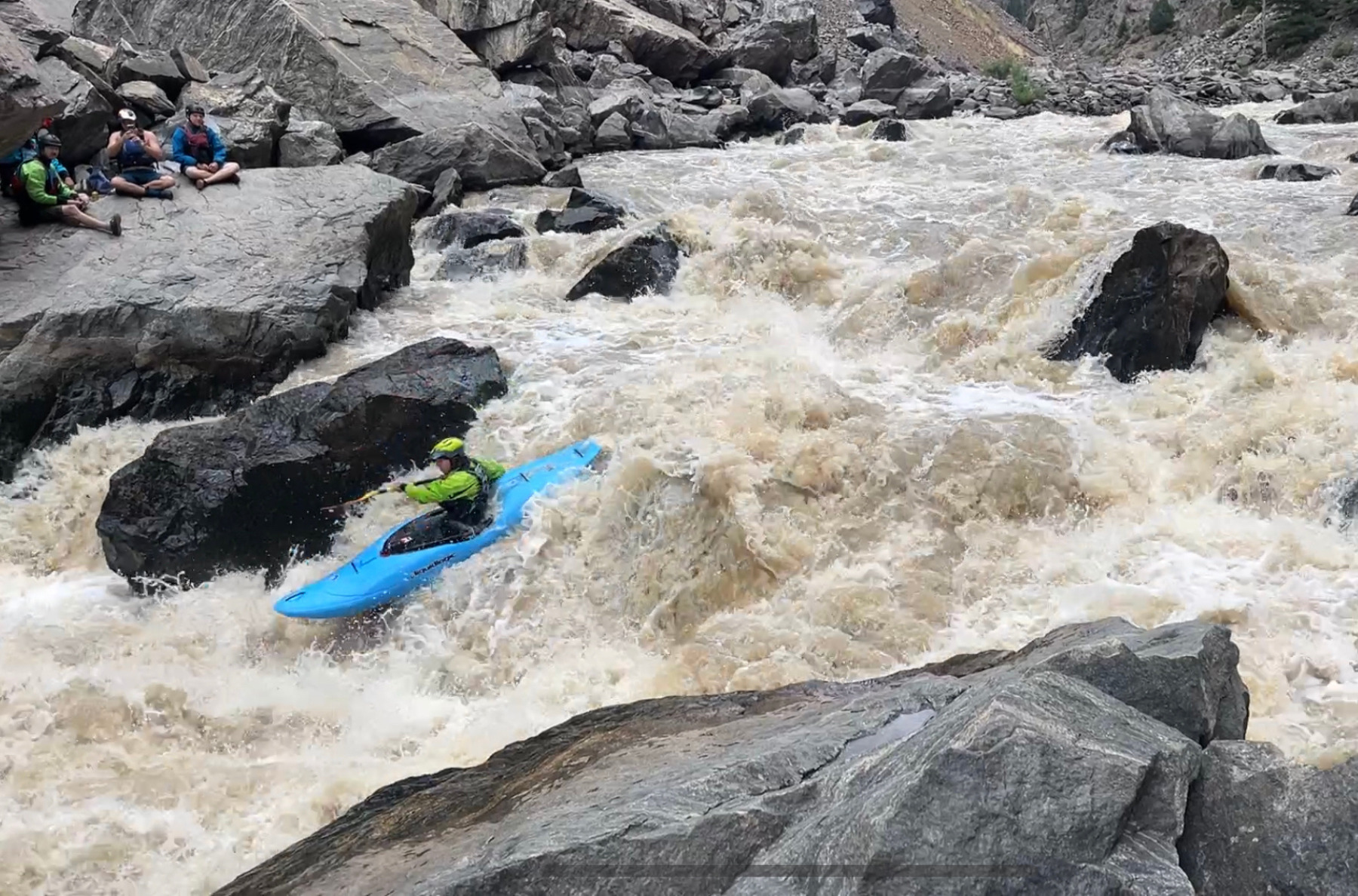
Intro
Most of our reviews are pretty long — and take a long time to produce — because we want to provide enough info for you to actually determine whether the gear we tested will work well for you.
But we get asked to check out an increasingly wide range of products, and sometimes, we just want to tell you about something we’ve been using and loving lately.
So that’s where this monthly series — Stuff We Like — comes in, where we keep you current on a broad range of stuff we’re currently digging.
And if there’s something you love that you think we ought to check out, drop us a note in the comment section below.
Kavu Dunk Tank Short & Kavu Carrick Bend Shirt
MSRP: $80 (short); $90 (shirt)
Noah Eckhouse: I got a chance to try out a few “soft goods” pieces from Kavu’s latest catalog, and it’s been fun to have them in my summer rotation and see when I reach for them on any given day.
The Dunk Tank shorts ($80) feature a lightweight stretch REPREVE polyester that’s made from 100% recycled plastic. Billed as a lightweight “hybrid” walking short, I found them well suited for just about everything, from dynamic (hiking) to passive (drinking beer afterward). These shorts look great and allow my legs to breathe after working hard in them. They seem to laugh at heavy cotton walking shorts from the past (trust me, Captain Cotton here used to own lots of them…), which would get all damp and take hours to dry. The cut is not overly narrow but not baggy, either. I took them on a SCUBA trip to the Cayman Islands and they were perfectly at home in hot, muggy weather, whether that was while going out to dinner or being pulled on to replace a bathing suit post-dive. The front and rear pocket material is a lightweight mesh, further enhancing the breathability and quick-drying nature of the shorts.
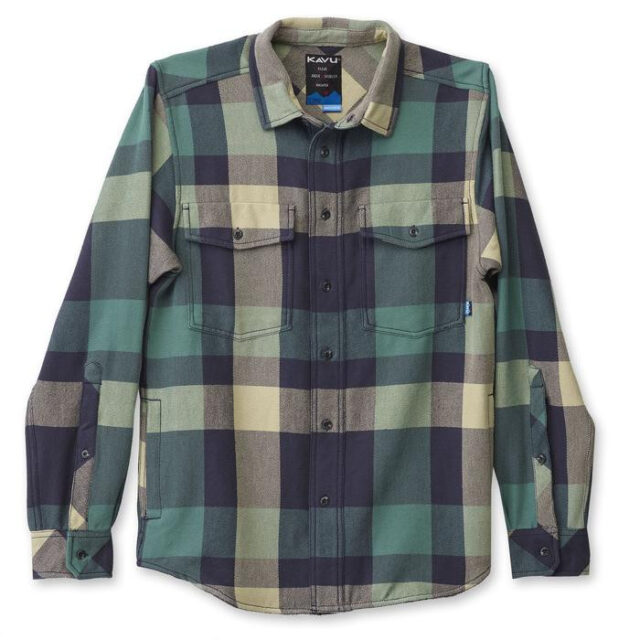
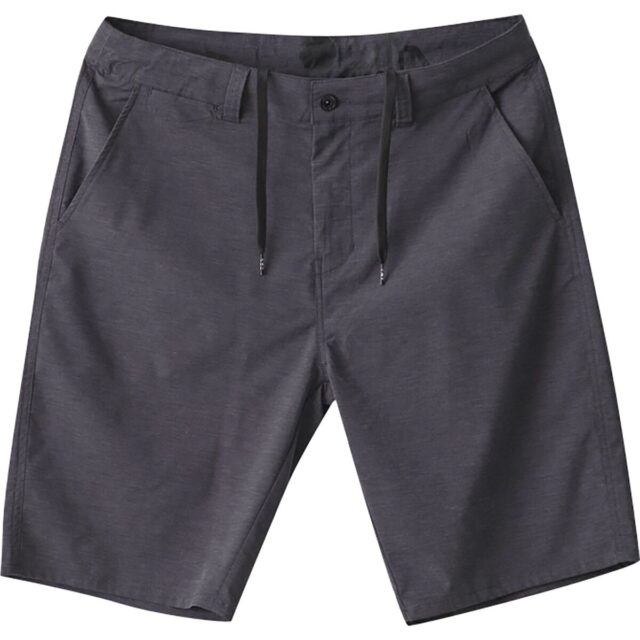
One particular trend in these kinds of nylon shorts is the belt loops and drawstring combination. You can dress the shorts up with a belt, but the drawstring works great for a more casual, untucked look — and still keeps the shorts from falling off my (nonexistent) male hips. The one feature that really didn’t work for me, however, was the “thigh drop pocket,” which loosely translated into a hamstring-banging phone that was so low on my leg that my phone slapped onto it on every stride. But, given how well the shorts worked overall (and their two traditional waist pockets), I find myself wearing them weekly.
The Carrick Bend shirt ($90) is a dense, tough top that is way more than a typical flannel but less than an insulated shacket. Comprised of 10.5-oz cotton twill, its fabric might soften over time but isn’t flannel-soft out of the box – not a bad thing. I normally wear it with a T-shirt underneath, but it’s not at all uncomfortable against bare skin. This shirt’s defining traits are structure and warmth. My XL has a very athletic cut, not too skinny for wide shoulders but nicely tapered in the midsection so that it doesn’t come across as a blanket.
I’ve been wearing this on occasional cool Boston summer evenings but am excited to get it out to Crested Butte and really utilize it in some cold and wind. I think the shirt will acquit itself nicely, and develop character with additional washings. It looks sharp and I’ve gotten many compliments when I’ve had it on. This shirt is comfortable anywhere: around town, watching a football game, at a campsite, etc.. I have also enjoyed using it while sailing, when the temperature can drop 20 degrees as the sun sets and dusk settles in.
I was puzzled by the Carrick Bend’s two handwarmer pockets on its side seams, since I would never tuck my hands into my shirt, but some might appreciate them. The side benefit is the pocket lining makes for enormous cargo pockets inside the shirt if you’re wearing it unbuttoned. Big enough for a wind layer, a sandwich, or a few beers. Finally, the hem isn’t cut too long, which was very smart, given that I’d expect this shirt to be worn untucked 99% of the time. Overall, it’s a well-constructed, functional piece from Kavu.
North St. LTD 9 Custom Pioneer Hip Pack
MSRP: $105
Kara Williard: I have somehow successfully avoided wearing a backpack for a single mountain bike day-ride this summer (aside from overnight bikepacking trips). This is in part because there is always great access to water on most trails around Crested Butte (BeFree Filter for the win), and also because of functional hip packs, especially the North St. Pioneer Hip Pack.
In my eyes, this hip pack is pretty much perfect. It fits one bottle, snacks, my phone, small water filter, and a small repair kit. It is a very comfortable and compact size for riding, and even when it’s packed to the brim, I have been impressed by how comfortably it sits on my hips without shifting or moving around. The nylon belt features an easily adjustable setup and is also completely removable so that you can configure this pack to mount to handlebars.
The details are everything on this hip pack. There is one internal pocket and one exterior pocket, so I never feel like I am digging around the main compartment looking for small items like a bike tool or chapstick. The zipper pulls are always easy to grab and the zippers themselves feel robust and slide smoothly, even when I have the pack stuffed to capacity.
As with all North St. bags, there are upcycled materials utilized in the design; in the case of the Pioneer hip pack, this includes the stripe materials on the front. And the best part? This hip pack is customizable and built to order based on your color preferences! I had a lot of fun choosing colors to match my personal bike’s colorway.
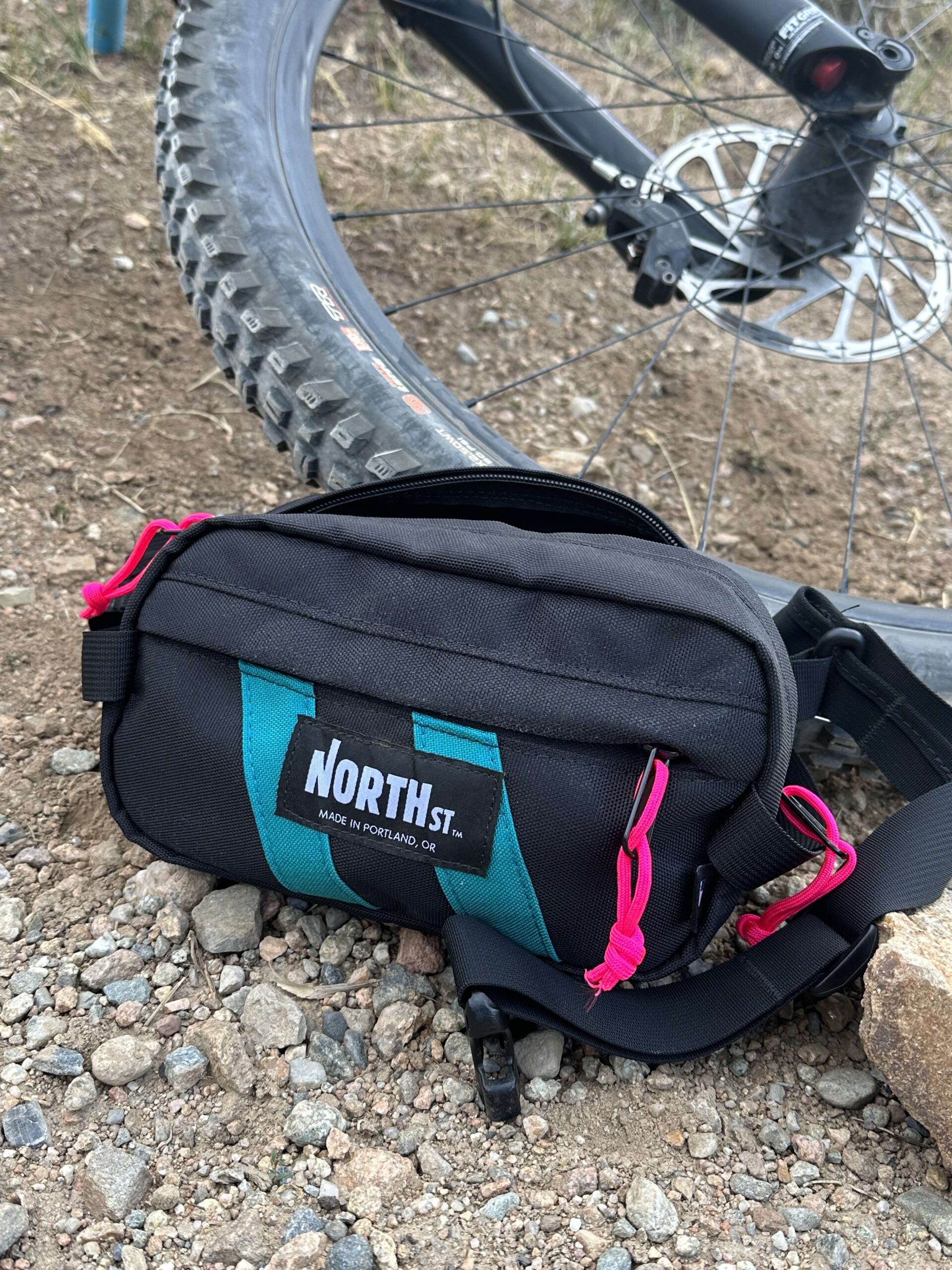
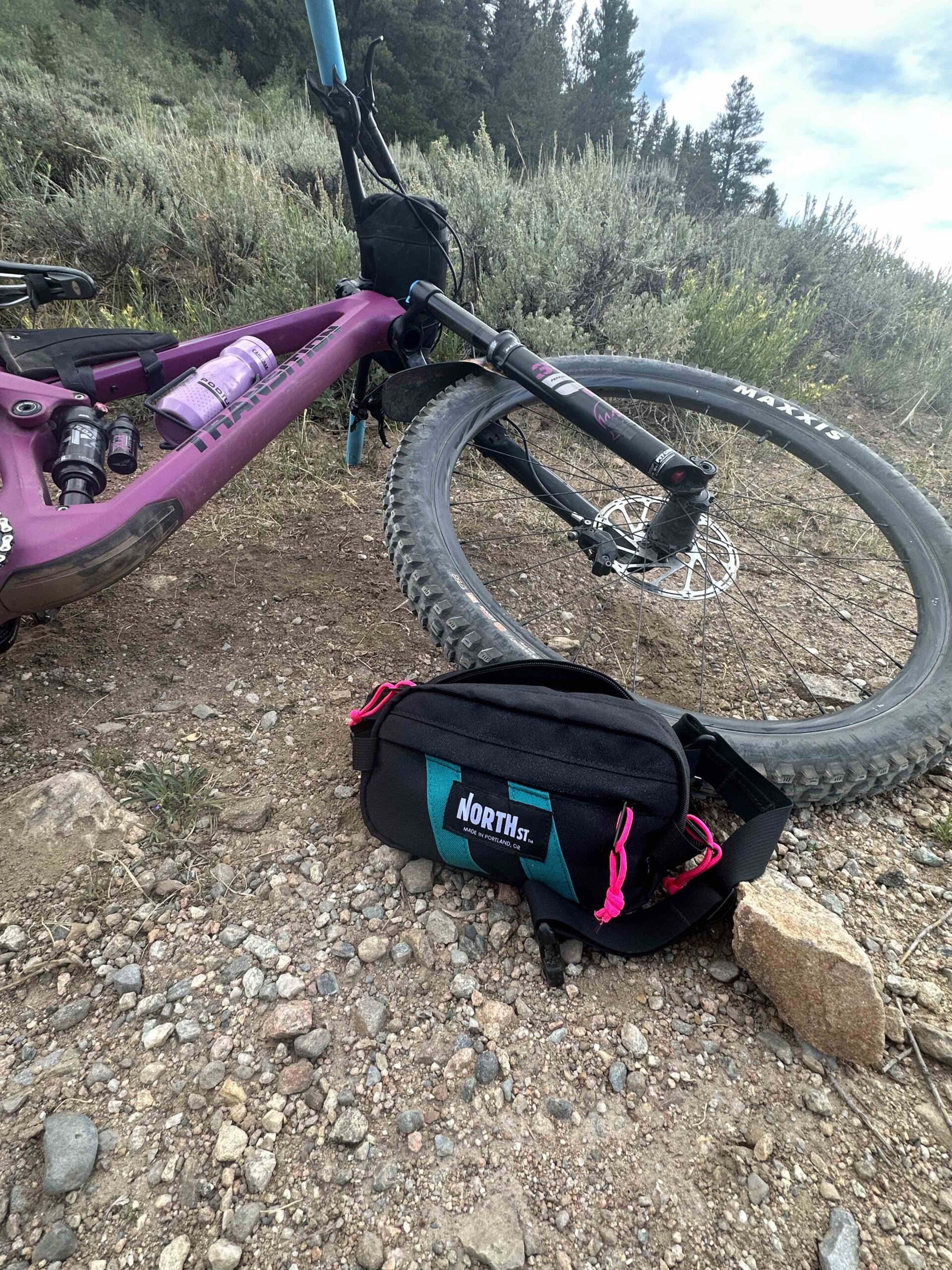
I really like that this hip pack can also be used as a handlebar bag, shoulder bag, or just a useful storage compartment to keep things organized within a larger backpack or whatever else it may be. The Pioneer 9 is made in Portland and built from highly water-resistant materials. North St. also offers a lifetime warranty on all their bags, so in more ways than one, this feels like a worthwhile long-term investment. And for those who don’t get as excited about custom colors or matching things to your bike, there is also a standard, non-custom version with several color options for $20 less.
Ibex Indie Hoodie
MSRP: $170
David Golay: I got the Ibex Indie Hoodie late last spring, just in time for a final few ski tours, and wore it as a baselayer with good results. Now, as fall has rolled around and temperatures have begun to drop, I’ve started breaking out the Indie Hoodie again for some cooler morning hikes and the like, and I’m continuing to be a big fan.
Ibex calls the Indie a “lightweight hoodie designed for active days” and that description seems pretty accurate, though it’s maybe a tiny bit warmer than the “lightweight” part of that description might indicate. But what’s really impressed me about the Indie is its combination of fit and the excellent fabric.
The Indie is clearly meant to layer well, and at least for me (6’, ~170 lb) the size Medium fits perfectly for that, with a relatively slim fit that doesn’t feel tight or restrictive. All of the seams, including those on the quarter-zip opening, sit very flat, and the low-profile hood doesn’t feel bulky or obtrusive, even if it’s left down underneath another layer. That hood also sits flat enough to be comfortable under a helmet, or sit nicely over a light hat, and stays put well when moving or in a substantial wind.
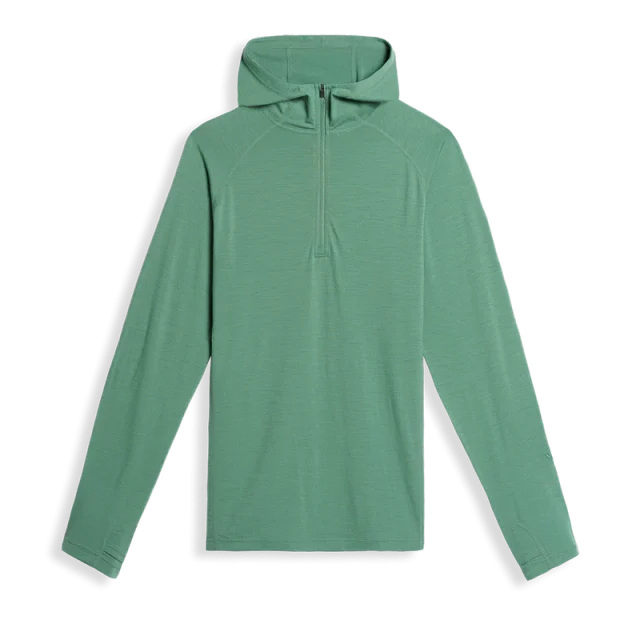
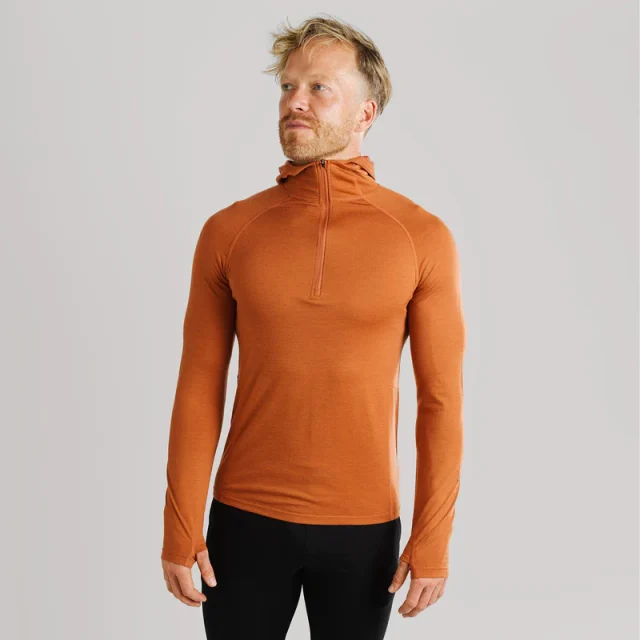
The snug fit of the hood has also proven especially useful for keeping bugs at bay, which was very welcome during a trip to Alaska last month. The Indie also features thumb loops, to make it easier to put on / take off other layers. I’m honestly not the biggest fan of thumb loops in general — my arms are somewhat on the longer side, and the thumb holes on a lot of shirts that otherwise fit well just feel too far back on the sleeves to be comfortable — but these ones are unobtrusive when I’m not using them, and are there if you want them.
And then the fabric in the Indie Hoodie is great, too. I’m a big fan of wool base layers in general because of their odor resistance and temperature-regulating properties, and the Indie does all that stuff well, as you’d expect. But it’s also notably soft and comfortable against the skin for a 100% merino fabric, and while I’ve found merino / synthetic blends to often be a bit more durable than pure wool variants, the Indie is holding up well so far. That’s good news, because it’s a layer that I think I’ll keep reaching for often through the fall and winter.
Orvis Pro Zipper Wader
MSRP: $749
Jed Doane: Waders go through a lot, and a well-built, well-fitting pair can make the fly fishing experience much more comfortable and easy. These top-of-the-line options from Orvis are the best waders I’ve ever used by a long shot, with durability and toughness being the standout traits.
Their central feature is a burly midline front zipper, which makes getting in and out of the waiters substantially easier, while staying completely waterproof once zipped up. Having wiggled in and out of zipperless waders for a decade, the ease of entry and exit with the front zipper is a welcome change, and also allows for on-the-fly venting in shallower water.
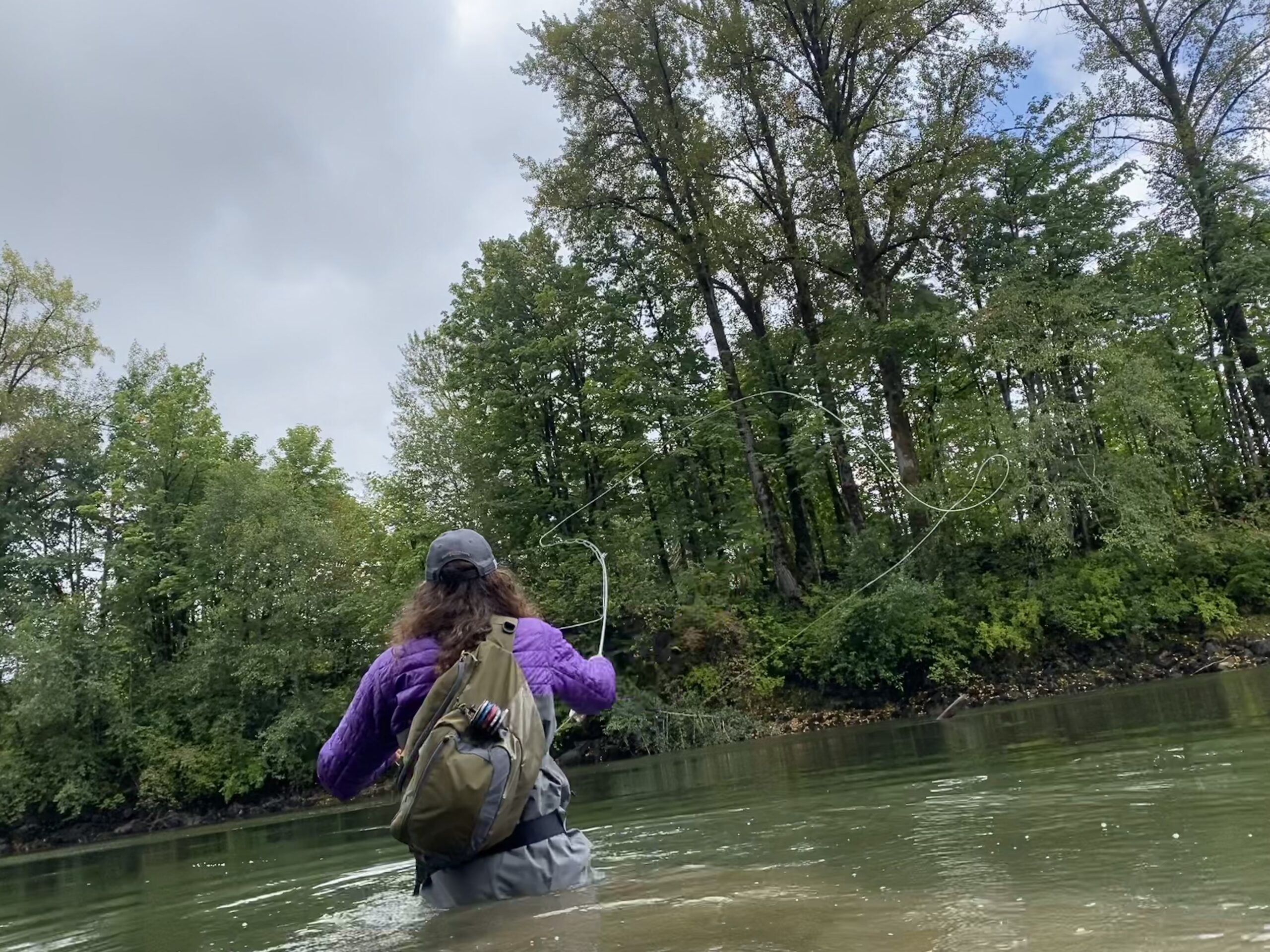
The Orvis “Pro” Waders use a 5-layer laminate for the lower legs (with a Cordura face fabric) that’s incredibly tough; I was initially worried about breathability and ease of movement, but I’ve had no issues with sweating on hot days or with difficulty moving through complex terrain. They’re expectedly well-featured, with two handwarmer pockets that are comfortable as well as two outer waterproof chest pockets for storage. In the PNW, brambles and thorns are everywhere, and with past waders, I’ve been constantly concerned about a tiny thorn putting a hole in my waders. So far, the overbuilt Pro Zipper wader has been a welcome source of anxiety relief in that area. For reference, the Medium Long fits my skinny 6’2” frame well.
Flylow Trailworks Bib
Currently on sale for $72
Kara: I am a huge fan of good, durable clothing to wear around the small farm that my partner and I operate, and Flylow’s Trailworks Bib has become a favorite of mine. From haying season to potato harvesting, the Trailworks Bib has proven to be a durable work bib, but it’s also extremely comfortable, flexible, and non-restrictive when it comes to movement.
The Trailwroks Bib is equipped with plenty of pocket space, which is ideal for a work bib like this. Compared to Carhartt overalls and other work-style clothing I often find myself wearing around the farm, the Trailworks Bib is much softer, more comfortable, and stretchy, while still feeling plenty durable and robust.
That said, the sizing seems a little off. I opted for a Large because I wanted it to feel plenty roomy and spacious, especially when I’d be throwing it over a hoody / midlayer for winter chores. The Trailworks Bib is definitely plenty roomy and baggy (I wouldn’t call them my most flattering pair of overalls), but they are also a bit short in the inseam. I wish they were just a bit longer in the inseam so that they covered the top of my work boots.
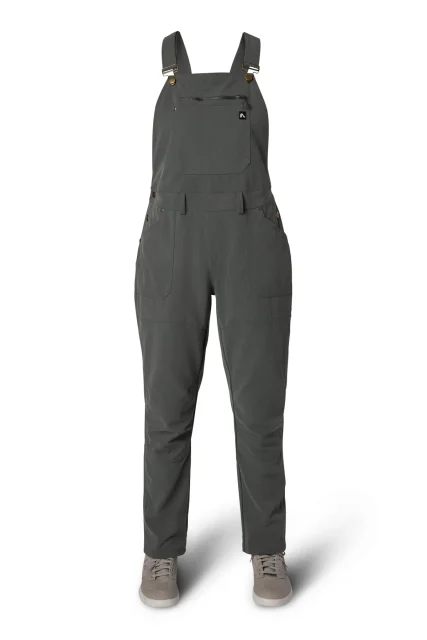
Aside from that, the Trailworks Bib is a great option if you’re looking for a very comfortable and functional pair of pants to get dirty in. Even after lots of kneeling, bucking bales of hay, and everything else I’ve done in the Trailworks Bib this summer, this pair is holding up really well and is a great option to throw on if I have to run out to do some random job around the farm.
Standard Issue Standard Tees
MSRP: $35 (1 shirt); $90 (3 shirts)
Luke: As far as my non-technical, day-to-day wardrobe goes, I’m a big fan of keeping things relatively simple. I like products that are comfortable, stylish but understated, and that can be worn for years without issue (i.e., avoiding low-quality pieces and short-term trends).
As soon as I tried on one of Standard Issue’s Standard Tees, I knew they’d become a staple for me. Subjectively, I find the fit to be just about perfect. I’m 5’8”, 155 lbs / 173 cm, 70 kg and wear them in my usual size Medium; they’re roomy without looking baggy, with sleeves that really hit the mark for me in terms of not being too long nor too short. But what fully sealed the deal for me was their combination of quality, style, and price.
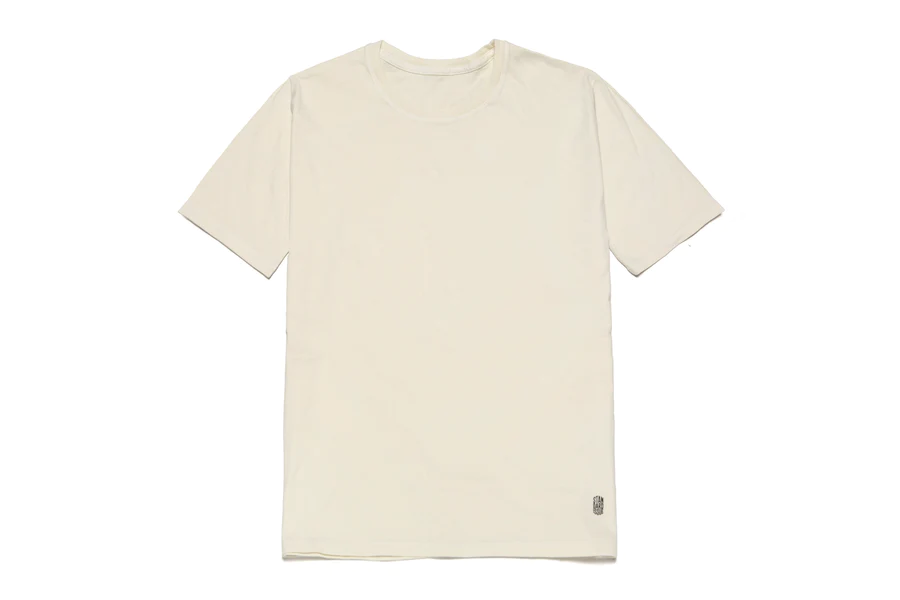
All of Standard Issue’s products are cut and sewn in Vernon, California, and their Standard Tees are made with 10-oz ring-spun cotton that’s garment dyed and pre-shrunk for excellent long-term consistency in terms of fit and color. The fabric is a bit heavier and stiffer than your average cotton Tee, which I love — it gives Standard Issue’s Tees a bit more structure, yet they’re still very comfortable (though not as ultra-soft as, say, most Supima Cotton shirts). The Standard Tees also have extremely minimal branding (just a small logo near the hem), which means I can wear them with just about anything. They offer their products in tons of different colors and limited-edition styles, but I mostly just stick to black, white, and slight variations of those two for my Tees.
All of this is what I’d expect of a pretty high-end shirt, but in comparison to others of similar quality that are also made via domestic manufacturing, Standard Issue’s apparel is relatively affordable. A single Tee costs $35, or you can get a 3-pack of certain colors for $90. I now own almost a dozen of them, and have yet to pop a seam, notice any color fading, or otherwise had any issues. They still fit, feel, and look great.
Ripton Overalls
MSRP: $149
Luke Koppa: Similar to how I approach my daily T-shirt collection, on the pant side of things, I typically try to find one or two that I love, and then wear them basically every day until they fall apart beyond repair. Mission Workshop’s Mission Jean served that role for years, and lately, I’ve been swapping between DUER’s Slim Performance Denim jeans and Ripton’s Overalls.
I haven’t been “an overalls guy” since my age was listed in single digits, but I was curious about a modern take on the classic workwear silhouette, and I’ve frankly fallen in love. Ripton’s Overalls use a version of their “performance denim,” which is a 12.5-oz blend of 66% cotton, 32.5% recycled Repreve Sorbtek® Polyester, and 1.5% Spandex. It’s a surprisingly soft and supple material that’s still been quite durable, since it’s fairly thick and not so stretchy that it easily snags on stuff. It’s also not nearly as hot as I expected — it breathes and wicks moisture better than any similarly heavy denim-esque fabric I’ve used.
That fabric is sewn into a fit that’s a bit trimmer through the lower leg than most traditional overalls you’d get from Carhartt or Dickies, but far from super slim; a very nice middle ground in my opinion. I’ve pretty happily worn them for many mountain bike rides, though I’ll reach for them more often when it’s colder and I won’t be pedaling for several hours; on longer climbs, I could feel some chafing start to originate around the suspenders, and they’re definitely warmer than traditional, lightweight bike pants.
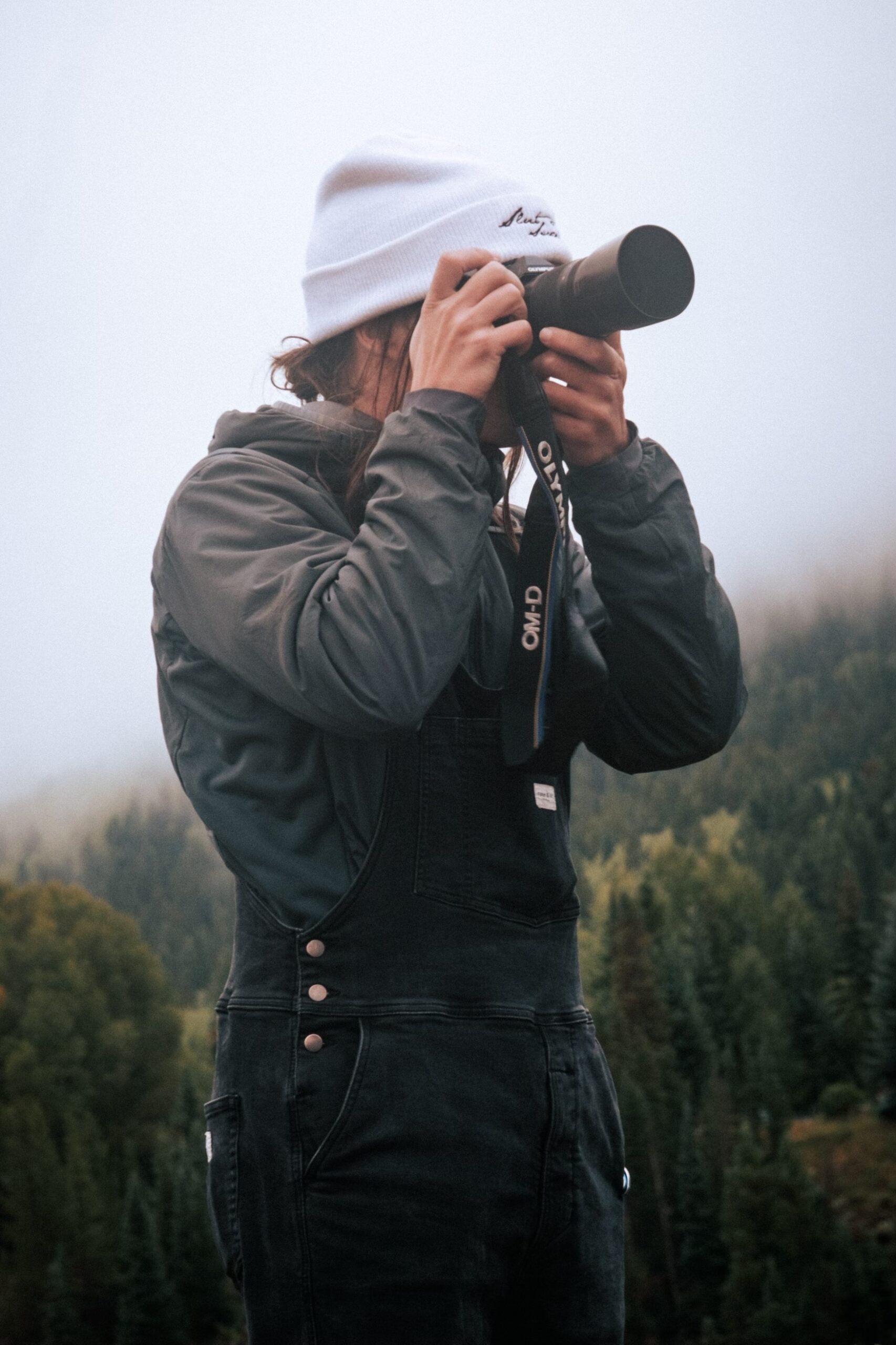
I love the addition of a zippered chest pocket on the bib portion (combined with a standard 4 pocket layout on the pant). That chest pocket often houses my silly little camcorder, but it’s perfect for other small things for which I want quick and easy access.
For my 5’8”, 155 lbs / 173 cm, 70 kg frame, I went with a size Medium and it strikes an ideal balance of not being excessively loose with just a T-shirt underneath, but roomy enough to throw a hoody or midlayer underneath without feeling restricted. I originally thought Ripton’s Overalls would mostly see use on camping trips, for outdoor chores, and other “overalls activities,” but now I’ll toss them on for just about anything.
Astral Green Jacket LE
MSRP: $365
Dylan Wood: Go paddle any popular Class III or higher section of river, and you’re almost guaranteed to see someone wearing an Astral Green Jacket. Why? Because it is very comfortable and functional, and when someone needs to replace their Green Jacket, most of the time, they get a new Green Jacket.
Certainly one the most popular type-V PFD (personal flotation device) on the market, Astral’s Green Jacket is an example of how to balance comfort and functionality in a piece of outdoor gear. This low-profile PFD allows for unrestricted movement when paddling and rowing, and its various adjustment straps make it easy to achieve a snug yet comfortable fit. I have a relatively small torso and opted for the Small / Medium size, which has been a good fit for my 37” chest.
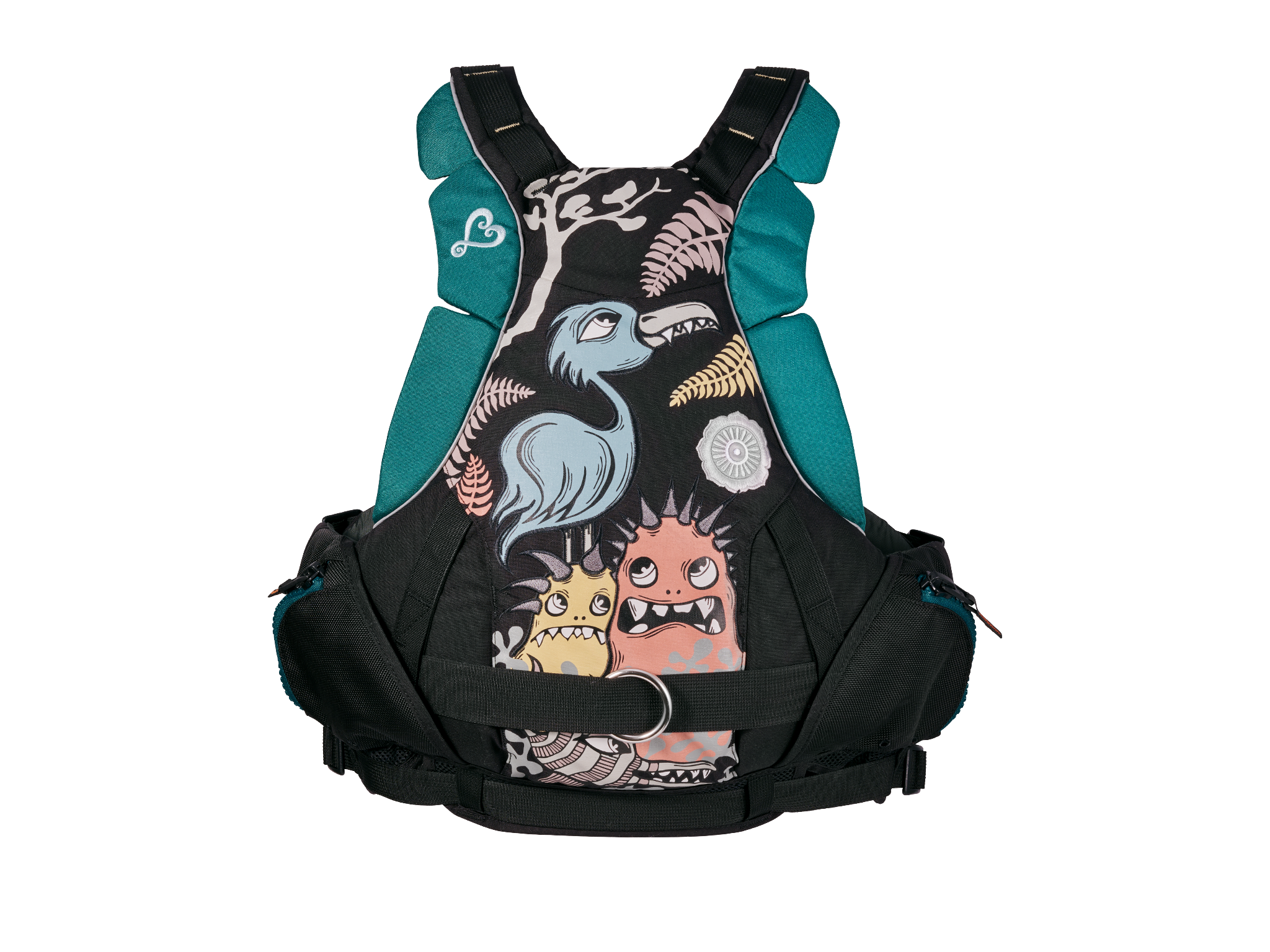
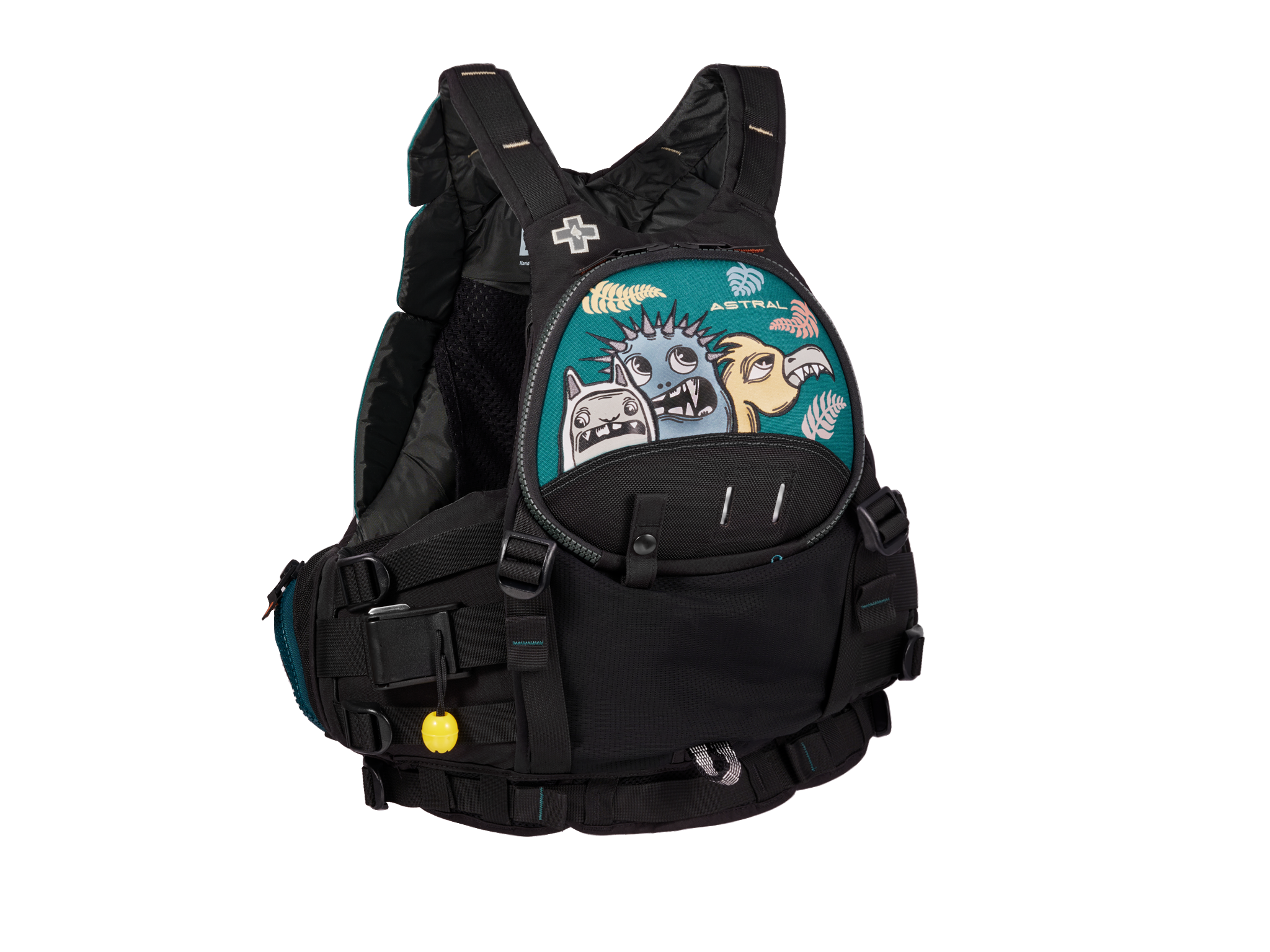
It doesn’t have any buckles, so it has to be put on by slipping it overhead, which is indeed a bit more difficult than simply buckling a normal PFD, but this also means better security when actually on the body and less potential points of failure.
The Green Jacket also features a quick-release rescue harness that, when paired with appropriate swiftwater rescue training, enables advanced rescue techniques such as “live baiting.” The Green Jacket also has plenty of pockets, ensuring that your daily essentials and some rescue gear are right where you need them. I usually carry 3-4 locking carabiners, 6 feet of webbing, 2 prussiks, and 2 pulleys in my PFD, as well as some lip balm and my cell phone. The Green Jacket’s pockets use oversized and durable YKK zippers, and while the two side pockets can be somewhat difficult to access, especially if you lack shoulder mobility, I’ve never been unable to access my gear when I need to.
My only gripe with the Green Jacket is the placement of the rescue knife sheath attachment, which is right on the front pocket. When a knife is placed there, it tends to protrude quite a bit and get stuck on things when you need to climb into a raft. So, I have opted to zip-tie my knife sheath to one of the many loops on the lapels of the PFD, and I’ve found this to be a better place for it to live.
I’m on my second Green Jacket, after about 5 whitewater seasons in my first one, and this writeup would certainly be incomplete without mentioning the cool graphics on the latest Limited Edition Green Jacket. Collaborating with world-renowned whitewater kayaker and Astral athlete Nouria Newman and artist Bret Brown, they created “Wild Things” limited edition graphics to represent the dreams, challenges, and commitments faced out on the river. The design is quite cool and unique, and definitely adds a stylistic flare to an already excellent product.
If you’re in the market for a rescue PFD, Astral’s Green Jacket is one of the best products in the whitewater world in my opinion, and snagging this season’s Limited Edition could certainly help you stand out in the river among the many other Green Jackets out in the wild.
Lululemon Ready to Rulu High-Rise Jogger – Full Length
MSRP: $108
Kristin Sinnott: I purchased these joggers a month ago and have already worn them for more than 20 days. From hikes to dinner in town, morning bike commutes, and the days when I couldn’t get out of bed thanks to COVID finally catching up with me, I’ve rarely worn any other pants for the past month. These joggers are soft and stretchy and they have a smooth exterior that washes well. They don’t seem to hold wrinkles, which is handy since I tend to leave clothes in the dryer for multiple days before getting around to folding them.
I purchased the 28” inseam version and the cuff extends just over my ankles. While they are labeled as high-rise, the Ready to Rulu jogger’s waistband sits just below my belly button, making them more of a mid-rise on me. The pockets are deep enough to hold my phone, comfortable for my hands, and the right side has an interior card sleeve. I’m 5’8”, 130 lbs (173 cm, 59 kg) and I found the size 6 to be my ideal fit.
I’m generally a shorts person when the temperature is above 60℉ / 15.6℃, but lately, I’ve been breaking this rule to wear the Ready to Rulu Jogger. I absolutely love them.
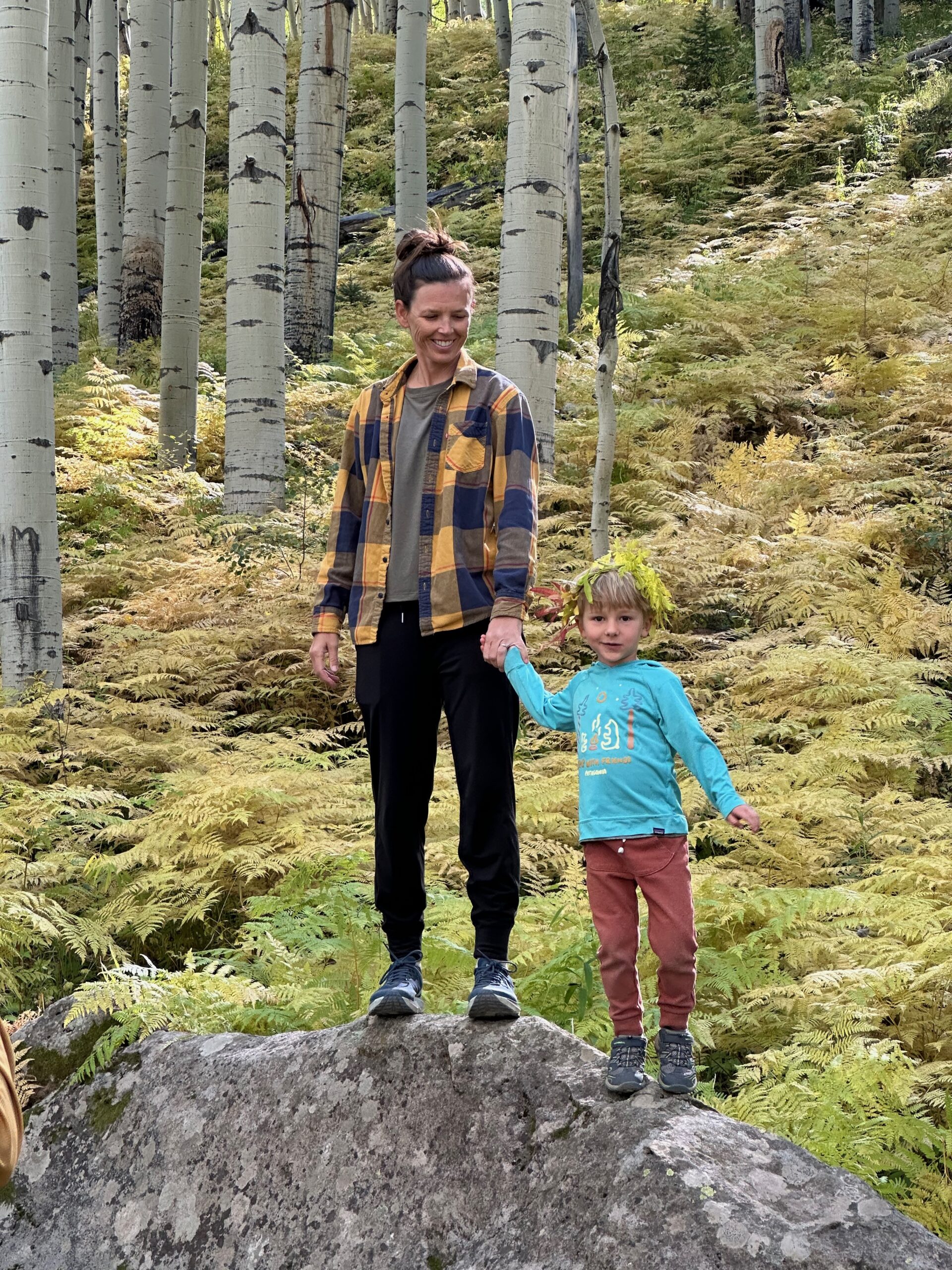
OneUp Thick Grips
MSRP: $24.50
Dylan Wood: I’ve always preferred thicker grips for my MTB handlebars, so when I saw that OneUp released their new “Thick Grips,” I knew I had to give them a try.
Having tried a wide variety of bikes throughout the years, I’ve always noticed that I experience less arm pump and fatigue when using thicker grips. I have pretty average-sized hands (e.g., I wear a Medium glove from most brands), but my fingers and forearms feel more comfortable and less prone to fatigue over the course of long, rough descents if I am using thicker grips.
OneUp’s new Thick Grips are an excellent option for folks who think that standard-sized grips might be causing excessive arm and hand fatigue. They use a soft rubber compound and feature lots of cushioning, as well as subtle ridging for a very comfortable and natural feel. They also feature a small flange on the inside of each grip, which is a nice touch, though I did have to trim it down a bit to prevent interference with my SRAM GX AXS rocker paddle shifter.
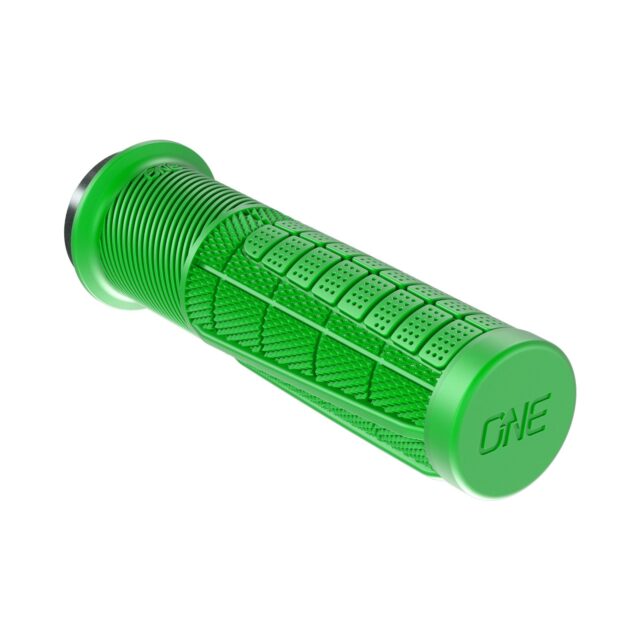
OneUp’s Thick Grips also come in a variety of colors, giving you the option to add some flare to your bike, or you can always stick with black. I found their green color to add a nice accent to my “translucent blue” 2023 Santa Cruz Megatower, and I’ll certainly be using them for many rides to come, testing their lifespan while I am at it. So far, they’re proving to be exactly what I was after.
Vinco Terra Glasses
MSRP: $249
David Golay: To be honest, I don’t like wearing sunglasses on the bike if I can help it. Goggles with a full-face helmet, sure. But where I live in Western Washington, I’m mostly (1) pedaling to the top with a half-shell lid, (2) riding under a thick tree canopy where sun protection isn’t a top priority, and (3) conditions are frequently wet, cool, and fog-inducing, so keeping glasses clear and a net benefit to visual clarity rather than a detriment can be a problem.
But I really like the Vinco Terra, especially through what turned out to be a rather lengthy hot, dry, and dusty spell this summer — when riding with other folks meant a lot of choking on (and more operatively, blinking away) the dust they were kicking up. The Terra’s large lens offers very good coverage while still maintaining solid airflow around the periphery; in particular, the top part of the frame doesn’t rub my brow and direct sweat directly onto the lens, which is often a problem for me with bike-specific glasses.
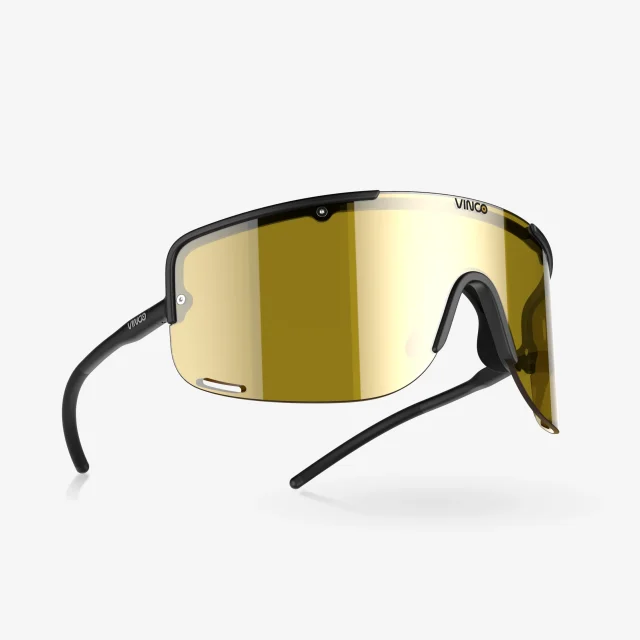
But the biggest standout for me is the lens tint itself — it’s one of the best options for a generally low-light lens that I’ve tried that still feels like it’s tinted enough to make an appreciable difference in brighter light. It does extremely well when moving back and forth between brighter spots and deeper shade if you do a lot of riding in that sort of dappled light.
The Terra’s frames also feel very solid and high-quality. The frames themselves are made from Lignatura bio-resin, but use stainless steel hardware for the lens attachment points and temple hinges in order to keep everything in the right place, and they’ve held up well so far. The Terras aren’t cheap, but the optics are great, they feel well built, and the fit and ventilation are excellent (at least for me, in the larger of the two sizes on offer). I may be bike-glasses averse, but there are days when they’re a necessity, and the Terras are a good option.
Beringia Dragonfly Waterproof Jacket
MSRP: $295
Dylan: I believe that good knee pads are ones you are willing to wear for every ride, both uphill and downhill, and that a good helmet is one you’re always willing to wear. Similarly, I think a good rain jacket for mountain biking is one that is packable enough to always have space for, and comfortable enough to want to wear when you need it.
Beringia’s Dragonfly Waterproof Jacket definitely checks those boxes. Coming in at a mere 175 grams for the size Medium and packing down to the same size as a mountain bike inner tube, this jacket can be packed in even my smallest 1-liter fanny pack that I ride with. The Dragonfly is a 3-layer, waterproof jacket that, despite being so light, has a hood and waist cinch, a chest pocket, and two always-open pit vents.
Wearing a size Medium at 5’10.5” / 179 cm and 155 lbs / 70 kg, the fit is very practical and athletic, with the jacket covering my entire torso and arms. It is a relatively slim fit, though I never found it to restrict my movement. I really appreciate the always-open pit zips, as I do tend to run hot in every shell that I’ve ever worn.
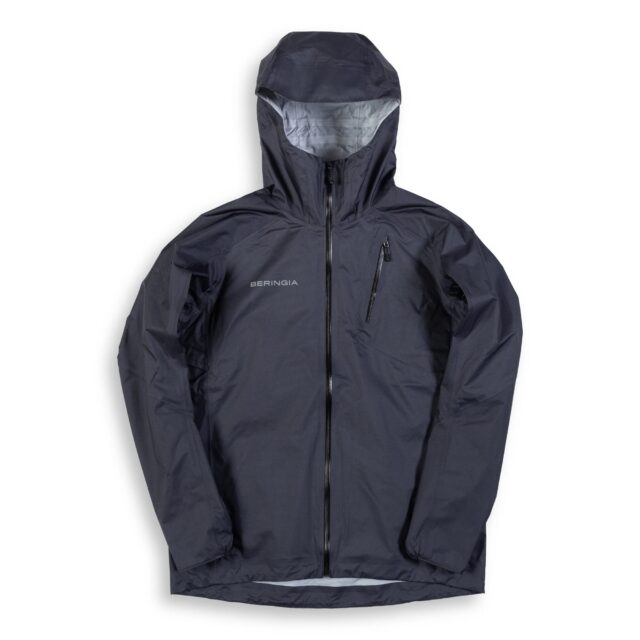
In terms of water resistance, the Dragonfly jacket is excellent. I’ve worn it in some very hard downpours, and it kept me nice and dry. I haven’t needed it for more than about ~30 minutes and I do wonder how well it holds up to sustained rains, but so far, it’s been very promising (Beringia claims a water resistance / breathability rating of 20K/20K for the Dragonfly’s fabric).
If you need a rain jacket light and small enough to never forget at home, and breathable enough to wear during sustained efforts, Beringia’s Dragonfly Waterproof Jacket is certainly worth checking out.
